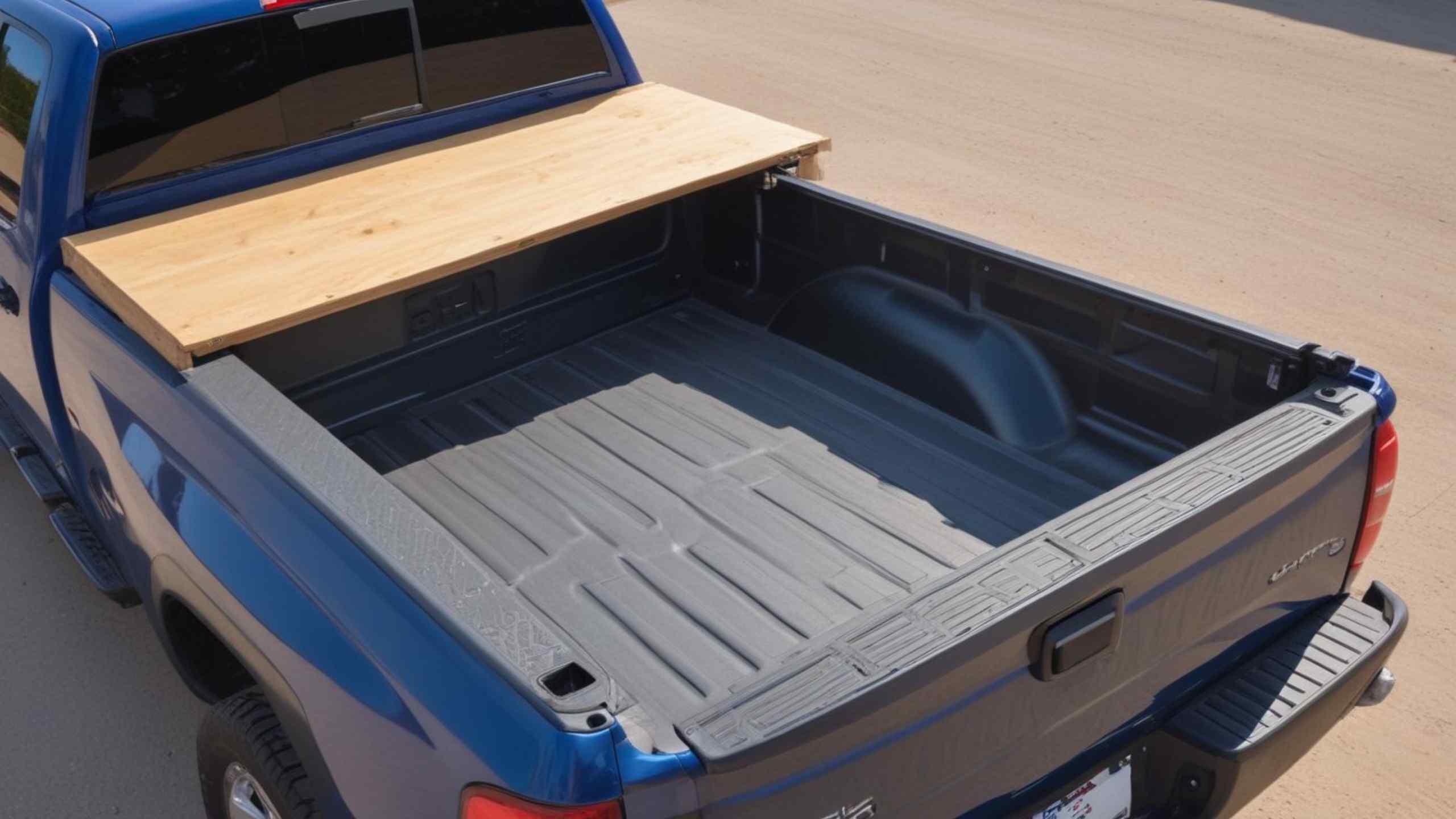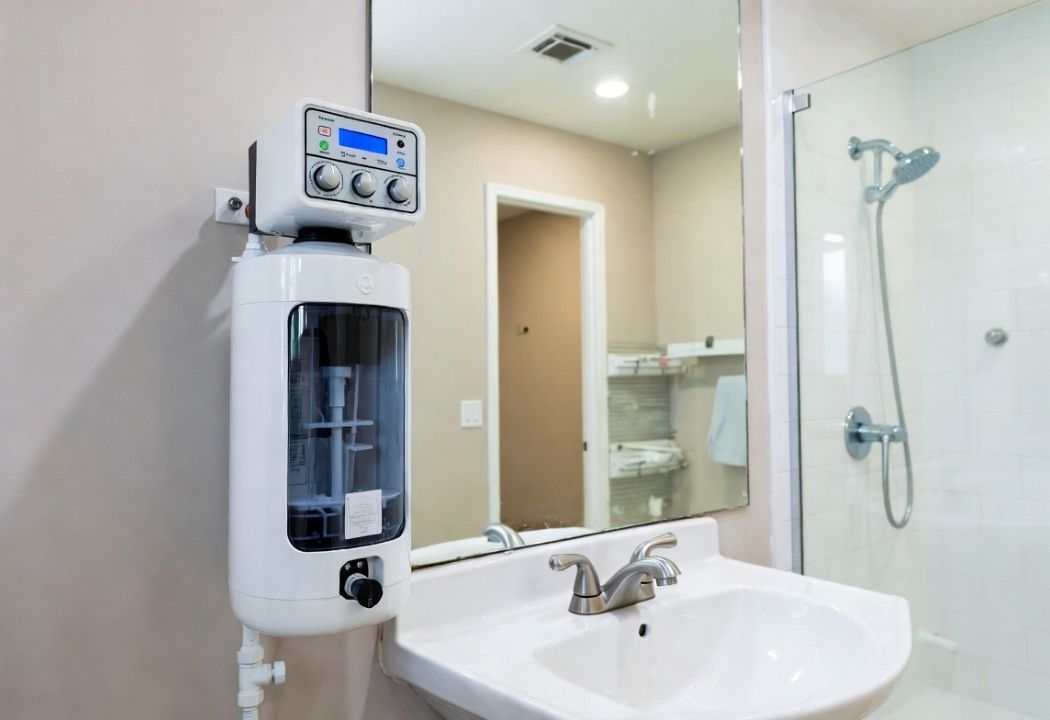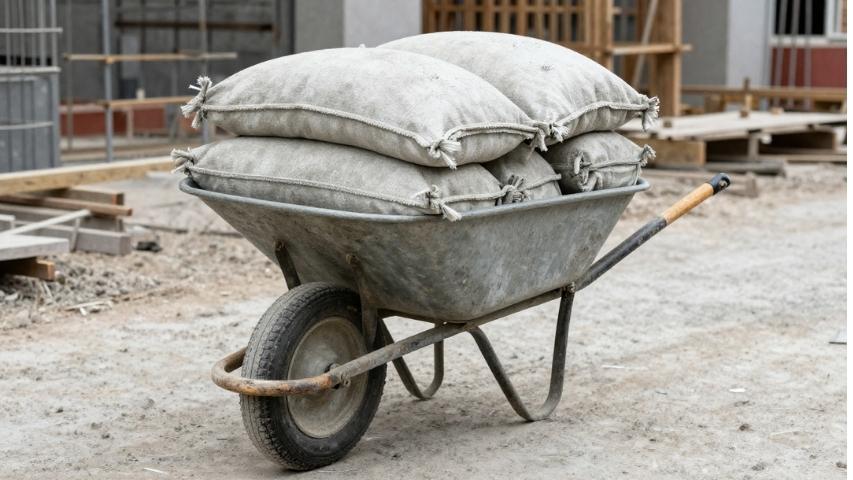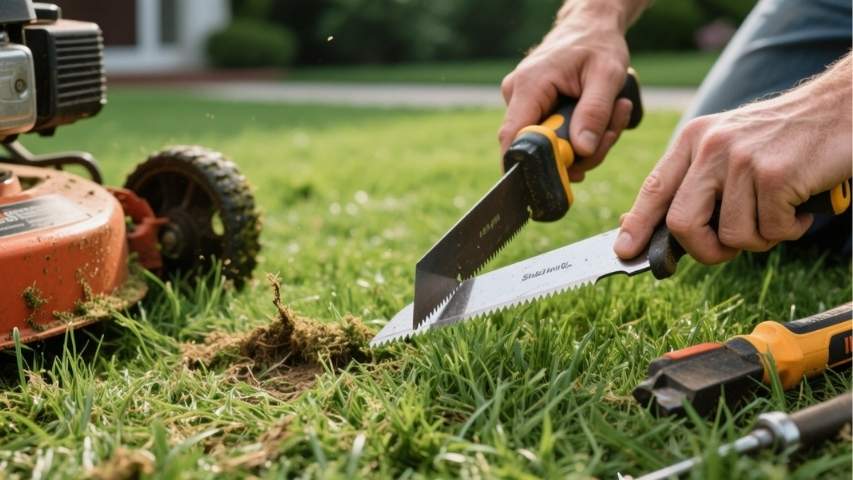When it comes to truck ownership, understanding the exact dimensions of your truck bed can make the difference between a perfect fit and a frustrating miscalculation. From investing in truck bed liners and tonneau covers to ensuring your cargo is secure during transport, knowing your truck bed size is essential for any truck owner or DIY enthusiast.
If you’ve been wondering how to measure your truck bed correctly, this guide will walk you through the process step-by-step, provide tips, and answer common questions.
Why Knowing Your Truck Bed Size Matters
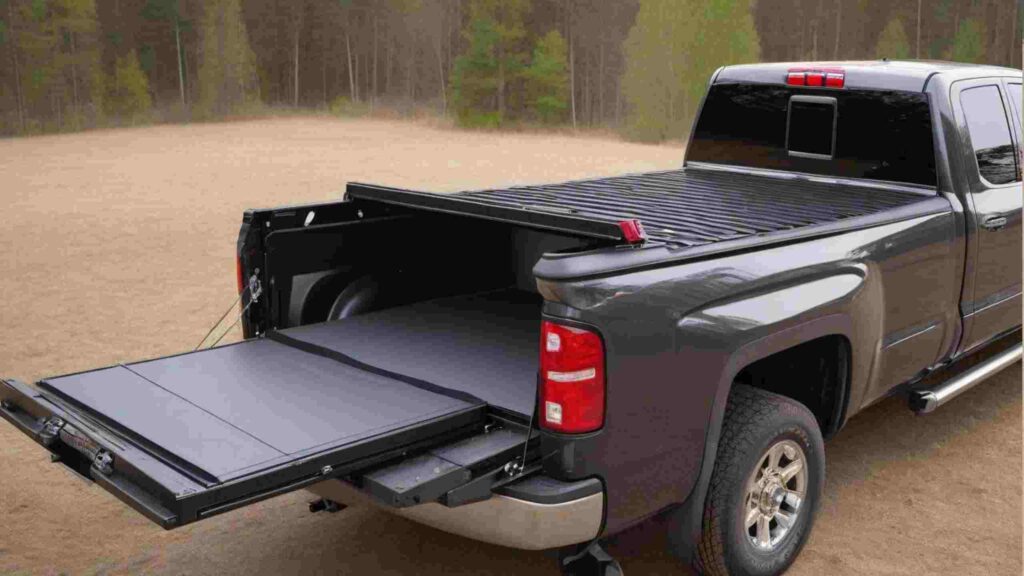
Before we get into the detailed steps, it’s essential to understand why accurate truck bed measurements matter:
Better Accessory Fit: Precision ensures compatibility whether buying a bed liner, a truck camper shell, a cover, or even building a DIY storage system.
Cargo Capacity: Understanding the dimensions of your truck bed will help you plan loads efficiently, maximize available space, and ensure safety.
Resale Value: When reselling your truck, providing your bed’s exact dimensions and specifications enhances the professional listing and attracts potential buyers.
Now that you know the “why,” let’s get into the “how.”
Tools You’ll Need
Measuring your truck bed doesn’t require fancy equipment. Here’s what you’ll need:
- Tape Measure (preferably one extending at least 10 feet)
- Notebook and Pen (to write down the measurements)
- Level (optional, for ensuring accuracy on uneven surfaces)
- Assistant (optional, but helpful for handling the tape measure)
Pro Tip:
Accuracy starts with the right tools. Choose a tape measure with a locking mechanism to hold measurements in place for easier note-taking.
Step-by-Step Guide to Measuring Your Truck Bed
Follow these steps to measure your truck bed like a pro:
Step 1: Confirm Truck Bed Style
Before you begin, familiarize yourself with the type of truck bed you’re working with. Common styles include:
- Short Bed (5 to 6 feet)
- Standard Bed (6 to 6.5 feet)
- Long Bed (7 to 8 feet)
Knowing your base category can provide context when analyzing your measurements.
Step 2: Measure Length
The truck bed length is the most crucial measurement. Here’s how to measure it:
- Lower the tailgate flat to ensure you measure the usable bed correctly.
- Place the start of your tape measure at the bulkhead (the metal wall directly behind the cab).
- Extend the tape measure to the inner edge of the tailgate.
- Record the length in inches, then divide by 12 to convert it into feet.
Note:
Some manufacturers approximate truck bed size. For instance, a truck bed measuring 77 inches might be listed as a “6.5-foot” bed.
Step 3: Measure Width
To measure your truck bed width:
- Extend your tape measure from one sidewall to another across the top of the bed.
- Take this measurement at the broadest point inside the bed.
For those installing tonneau covers or crossbars, knowing the full width ensures accessories fit snugly.
Step 4: Measure the Width Between Wheel Wells
Specific accessories, such as bed liners or cargo racks, require the measurement between the inner wheel wells:
- From inside the bed, extend your tape measure across the narrowest space (between the inside edges of the wheel wells).
- Record the measurement for future reference.
Step 5: Measure Bed Depth
Depth measurements help to estimate the bed’s total capacity for cargo:
- Place your tape measure vertically from the bed floor to the highest point on the sidewall.
- Note the depth in inches.
Truck bed depth is significant when securing taller loads.
Step 6: Double-Check Angles (Optional)
Some truck beds have tapered designs or slanted bulkheads. If this applies to your vehicle:
- Measure the angle of these sections with a level or square. This will provide clarity, especially when customizing storage or accessory setups.
Quick Reference Conversion:
Inches
Feet
60 in 5 ft
72 in 6 ft
84 in 7 ft
Common Mistakes to Avoid
Even minor errors in measuring your truck bed can lead to frustration. Here are some common mistakes and how to avoid them:
Forgetting to Include the Tailgate Length:
If you’re measuring space for cargo transport, remember that you can extend your usable bed length with the tailgate.
Ignoring Tapered Bed Designs:
Always check if your truck bed narrows toward the tailgate—some accessories might need adjustments.
Using a Fabric Tape:
A fabric tape measure can stretch over time, leading to less reliable numbers. For precision, use a metal tape measure.
Practical Uses for Accurate Measurements
How can your bed measurements simplify your truck-owning experience? Here are real-world applications:
Purchasing Accessories:
Tonneau covers, tool boxes, or bed tents require the exact length and width for perfect fitting.
DIY Truck Upgrades:
Accurate numbers are a DIYer’s dream, from building wooden bed dividers to retrofitting your dream camping rig.
Professional Cargo Loading:
Avoid exceeding weight limits and ensure that loads are evenly distributed to improve fuel efficiency and safety.
Frequently Asked Questions
What’s the Difference Between “Inner” and “Outer” Bed Dimensions?
- Inner dimensions refer to the usable cargo space within the truck bed (e.g., inside the wheel wells).
- Outer dimensions measure the space outside the truck bed, including the sides and tailgate.
Can I Measure My Truck Bed Without Lowering the Tailgate?
While it’s possible, you’ll be limiting your measurement to the cargo box. Always lower the tailgate to include the full usable length.
How Do I Know If My Measurements Are Accurate?
Double-check your measurements with a partner or use your bed’s measurements to cross-reference specs with your vehicle’s manufacturer.
Essential Next Steps
Successfully measuring your truck bed is just the start! With your dimensions, you can confidently purchase truck bed accessories, load your cargo safely, or start that DIY modification project.
Contact expert communities or manufacturers who can guide you further when in doubt. A little accuracy now can save you countless hassles later.







